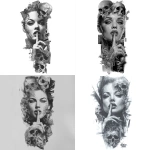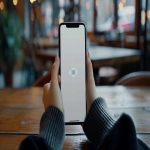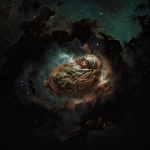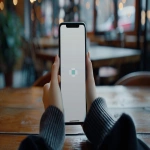Explore the Best AI Image Gallery

The Algorithmic Brush: Exploring AI-Generated Visual Content and Its Impact on Creativity
The realm of visual art is undergoing a seismic shift with the emergence of artificial intelligence (AI). No longer confined to science fiction, AI algorithms are now capable of generating stunningly realistic and imaginative images, pushing the boundaries of creativity and challenging traditional notions of artistic authorship. This blog post will delve into the fascinating world of AI-generated visual content, exploring its potential impact on the creative industry, its diverse applications, the ethical considerations it raises, and the future trends that are shaping this rapidly evolving field.
A New Artistic Frontier
AI image generators utilize complex neural networks trained on vast datasets of images and code. These algorithms learn to recognize patterns, textures, and composition, enabling them to create original visuals based on user prompts or parameters. From photorealistic landscapes to abstract art, the output of these AI tools is diverse and often astonishing in its detail and originality.
Transforming Industries: Applications of AI-Generated Visual Content
The potential applications of AI-generated visual content span a wide range of industries:
- Design and Advertising: AI can assist designers in generating concepts, mockups, and marketing materials, streamlining the creative process and enabling rapid iteration.
- Entertainment and Gaming: AI can create realistic characters, environments, and assets for video games, films, and animation, reducing development costs and enhancing visual fidelity.
- Education and Research: AI-generated visuals can aid in teaching complex concepts, visualizing data, and conducting simulations in fields like science, medicine, and engineering.
- Art and Personal Expression: Individuals can leverage AI tools to explore their creative side, generate unique artwork, and personalize digital experiences.
Navigating the Ethical Landscape
While AI-generated visual content offers immense potential, it also raises important ethical considerations:
- Copyright and Ownership**: Questions arise regarding the ownership of AI-generated art, as the creative process is no longer solely human-driven.
- Bias and Representation**: AI algorithms can perpetuate biases present in the training data, leading to the creation of content that reinforces stereotypes or lacks diversity.
- Job Displacement**: The automation capabilities of AI may raise concerns about potential job losses in creative fields.
Shaping the Future: Trends in AI-Generated Visual Content
The field of AI-generated visual content is constantly evolving. Several trends are shaping its future:
- Increased Accessibility**: User-friendly interfaces and cloud-based platforms are making AI image generation more accessible to a wider audience.
- Enhanced Realism and Creativity**: Ongoing research and development are pushing the boundaries of realism and artistic expression in AI-generated visuals.
- Integration with Other Technologies**: AI will likely be increasingly integrated with augmented reality (AR), virtual reality (VR), and other technologies to create immersive and interactive experiences.
Conclusion
AI-generated visual content is a transformative force reshaping the creative landscape. While it presents exciting opportunities for innovation and expression, it also necessitates careful consideration of ethical implications. As this technology continues to evolve, it will be crucial to foster open discussions, promote responsible development, and ensure that AI serves as a tool to empower creativity and enhance human ingenuity.
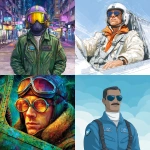
](https://images.ai-img.art/thumbnails/150/d29fcfc8037938184a641f7980e1102e24a6e82088bc465886d26ffe5bb006c7.webp)
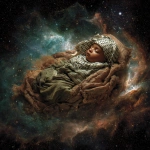







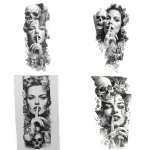
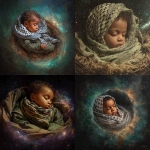

](https://images.ai-img.art/thumbnails/150/24610c8978ce6b4f1ced8639b434482871adb07e38af8b90cd535f2533bf18cc.webp)
](https://images.ai-img.art/thumbnails/150/4a4f2a16da94ebadad64aeb3b0fb4e64d426431f1d651cc4929142c728fe85b7.webp)
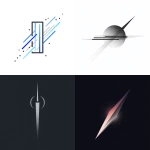
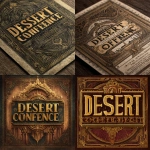





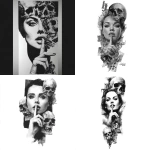
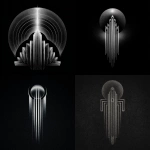
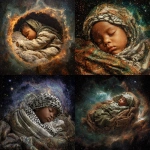

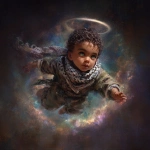
](https://images.ai-img.art/thumbnails/150/37f115f2fa75765b87e6d3e2c9f1b0a80a6a46efa8b864a05278c7fc0a0a62e7.webp)



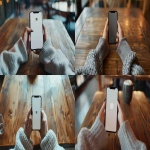


](https://images.ai-img.art/thumbnails/150/85464d88f1d4314cd042a02a6f41440fc3b4343db529794cbe8e6836fdadf409.webp)
](https://images.ai-img.art/thumbnails/150/9127f72c6be19d533c26ac476f4d216cd89a6a2d7c351333489a3eff30c3ec5a.webp)


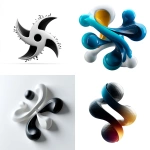
](https://images.ai-img.art/thumbnails/150/336026613fd234b8d6908fe18ecc09b2b2ecf7b8dfe294742041c9862dc499c1.webp)



](https://images.ai-img.art/thumbnails/150/b90a5f332cb5d8f02116934e13abd20233e0eeb2368274dbdffaa2e281e4dff5.webp)

